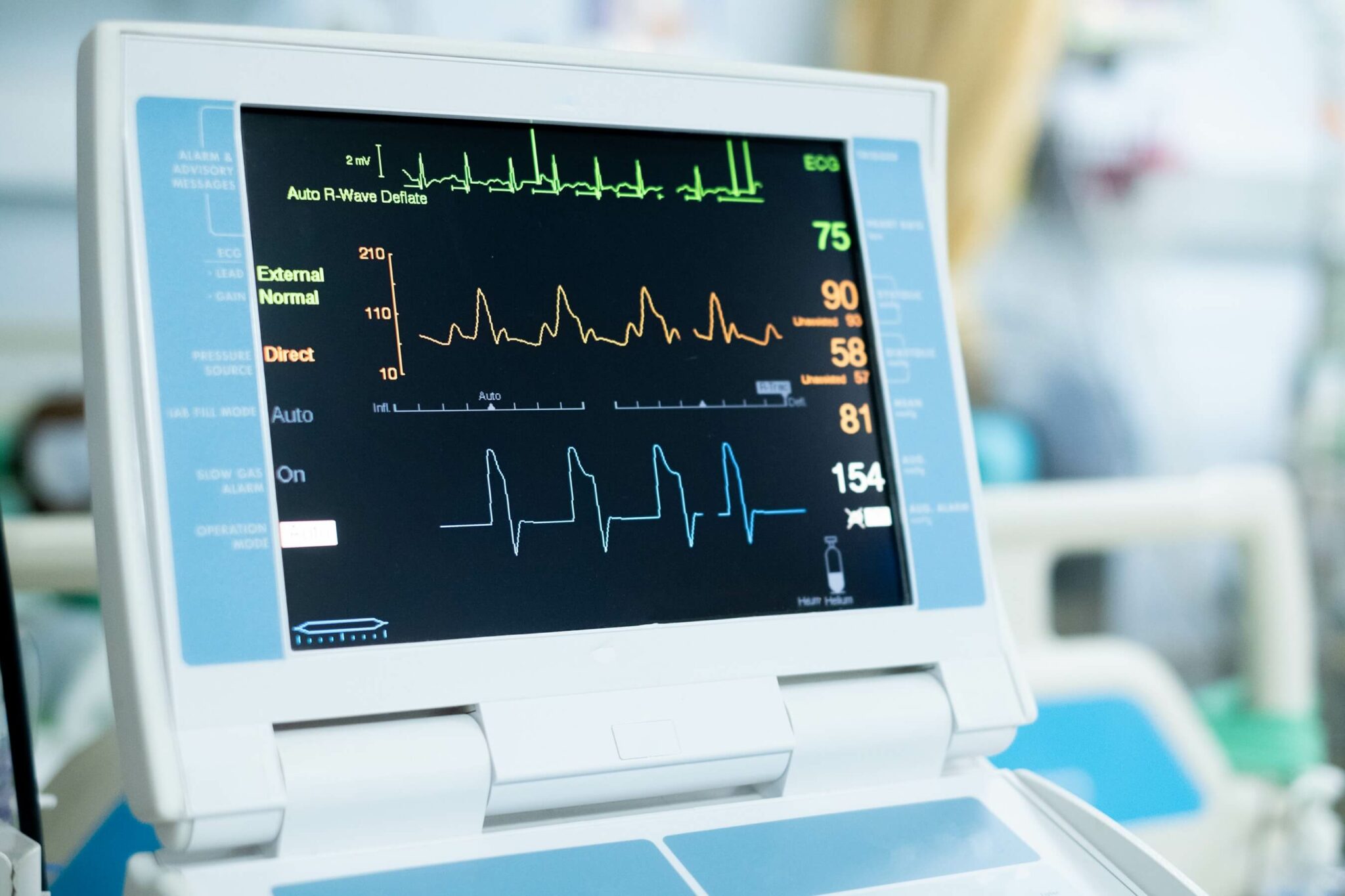Zywie: Your Trusted Partner in Heart Care
Diagnosing Irregular Heart Rhythms with Care and Precision, Our advanced technology gives your doctor the detailed data needed in just one easy, efficient diagnostic study.

As Easy As 1…2…3
1. Get Set with Your Monitor
Apply the Zywie monitor with ease, attaching it directly to your chest either during a visit to your healthcare provider or from the comfort of your home, following clear, step-by-step instructions for self-application.
2. Tune In to Your Heart
If you notice anything unusual, use the provided phone to promptly record your symptoms in the Zywie app, ensuring accurate, near real-time tracking of your heart health for comprehensive monitoring.
3. Return the Device & Review Your Diagnosis
After completing the monitoring period, simply return the device by mail. Your doctor will schedule a follow-up appointment to thoroughly review the detailed report of your heart data and work with you to develop a personalized care plan tailored to your health needs.
Your Doctor Prescribed a Heart Monitor: What’s Next?
At Zywie, we understand that hearing the words ‘heart monitor’ can be intimidating. Our goal is to make this process as simple and stress-free as possible, empowering both you and your cardiologist to gain a clear understanding of your heart health and make informed decisions to keep you feeling your best.
Trusted by physicians and prescribed to hundreds of thousands of patients, Zywie’s advanced technology accurately detects and diagnoses irregular heart rhythms (also known as Arrhythmias) with near real-time, reliable monitoring. This precise data enables providers with the ability to provide you timely, personalized care.
No Bigger than a Band-Aid, the Zywie Heart Monitor won’t disrupt your daily life—you can wear it comfortably while you sleep, shower, or exercise, all while keeping your monitoring experience discreet and seamless.

Zywie Learning Hub: Patient Education

Arrhythmias
An arrhythmia, or irregular heartbeat, is a problem with the rate or rhythm of your heartbeat. Your heart may beat too quickly, too slowly, or with an irregular rhythm.
It is normal for your heart rate to speed up during physical activity and to slow down while resting or sleeping. It is also normal to feel as if your heart skips a beat occasionally. But a frequent irregular rhythm may mean that your heart is not pumping enough blood into your body. You may feel dizzy, faint, or have other symptoms.
Arrhythmias are treatable with medicine or procedures to control the irregular rhythms. If not treated, arrhythmias can damage the heart, brain, or other organs.
Explore the Most Common Types that Cardiologist Identify
Atrial Fibrillation
Atrial fibrillation is the most common type of arrhythmia. More than 2.5 million people in the United States have atrial fibrillation. This condition causes your heart to beat more than 400 beats per minute. Also, your heart’s upper and lower chambers do not work together as they should. When this happens, the lower chambers do not fill completely or pump enough blood to your lungs and body.
Ventricular Tachycardia
Ventricular tachycardia is a fast, regular beating of your ventricles that may last for only a few seconds or for much longer. A few beats of ventricular tachycardia often do not cause problems. However, if this lasts for more than a few seconds, it can lead to more serious arrhythmias, such as ventricular fibrillation (v-fib).
Pauses
A premature or extra heartbeat happens when the signal to beat comes too early. This creates a pause, which is followed by a stronger beat when your heart returns to its regular rhythm. It can feel like your heart skipped a beat. This is a common type of arrhythmia, and it can cause other types of arrhythmias.
What is an EKG?
An electrocardiogram (ECG or EKG) is one of the simplest and fastest tests used to evaluate the heart. Electrodes (small, plastic patches that stick to the skin) are placed at certain spots on the chest, arms, and legs. The electrodes are connected to an ECG machine by lead wires. The electrical activity of the heart is then measured, interpreted, and printed out. No electricity is sent into the body.
Natural electrical impulses coordinate contractions of the different parts of the heart to keep blood flowing the way it should. An ECG records these impulses to show how fast the heart is beating, the rhythm of the heart beats (steady or irregular), and the timing of the electrical impulses as they move through the different parts of the heart. Changes in an ECG can be a sign of many heart-related conditions.
Source: https://www.hopkinsmedicine.org/health/treatment-tests-and-therapies/electrocardiogram
How to Log Symptoms
Zywie’s solution allows patients to track symptoms in an electronic diary, ensuring accurate and convenient tracking of cardiac episodes. Watch the video below for a step-by-step guide on how to use this powerful feature.
How to Use the ZywieNano Patch
See Our Impact in Numbers:
Trusted by Providers, Valued by Patients
377,231
1,021,334
113,169,300
Real Stories, Real Impact
At Zywie, we understand that every patient and provider is unique, and we prioritize personalized care above all else.
